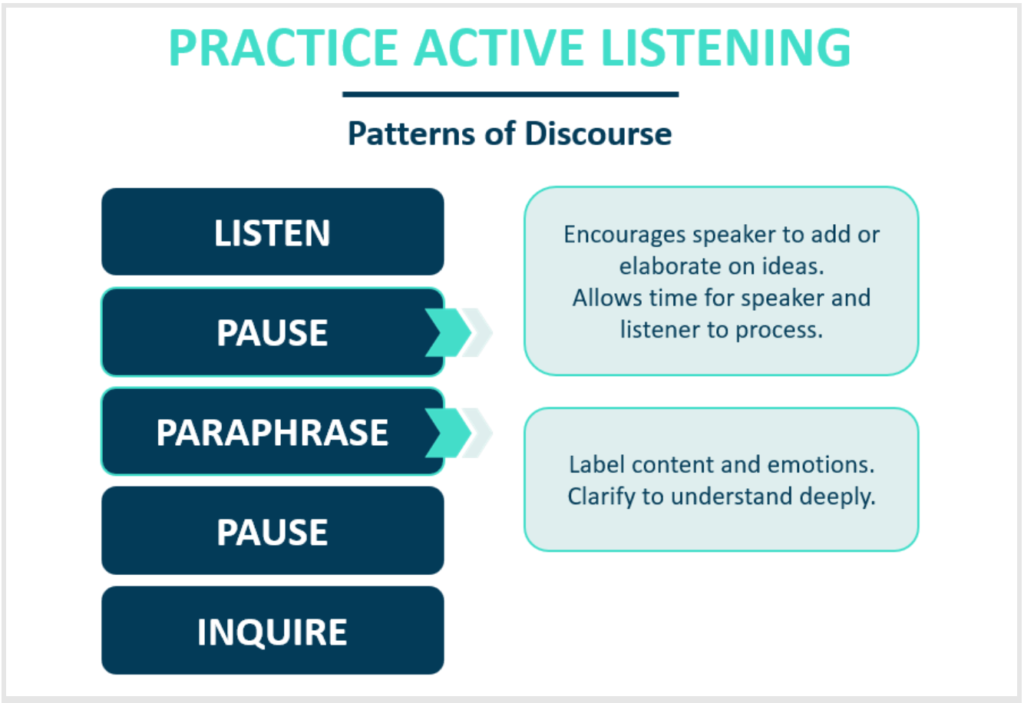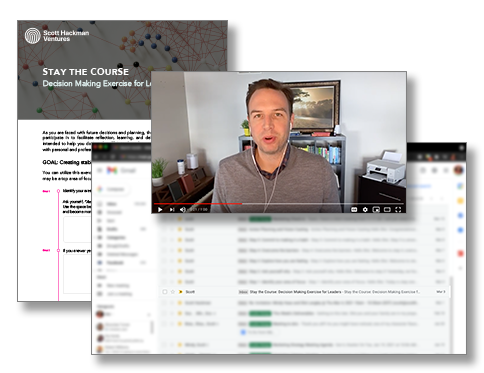We had the privilege of sitting down with Cynthia Moore-Hollinshed of Coaching for Clarity, LLC to talk about Leadership Stances and the importance of taking off our “hero” capes as leaders. This mindset shift from hero to host opens up more shared intelligence and allows our teams to shine.
The Illusion of Specialness
Margaret Wheatley and Debbie Frieze wrote in 2010:“Many of us can get caught up acting like heroes, not from power drives, but from our good intentions and desires to help…Our heroic impulses most often are born from the best intentions. We want to help, we want to solve, we want to fix. Yet this is the illusion of specialness, that we’re the only ones who can offer help, service, skills. If we don’t do it, nobody will.”
If that sounds familiar, you aren’t alone. Groans of recognition greeted Cynthia’s reading of this passage. The problem, of course, is that as leaders we don’t actually have all the solutions, we aren’t the only ones who can solve issues that arise, and we miss out on so much by not allowing space for others to participate in solution-finding and decision-making processes.
The biggest barriers to this mindset shift are ego and urgency. As Cynthia put it, we like being the head honcho; we like being the person everyone goes to for help and assistance and answers. We also are driven by the idea that we don’t have time to include everyone in our processes, and that everything must be solved NOW.
This issue taps into the core of our identity as leaders. We may well ask, “If I’m not fixing things, what am I doing?” But this isn’t a suggestion for leaders to do less; it’s an invitation to work differently.
Active Listening
A crucial skill in making the mindset shift from hero to host is active listening. Barriers to active listening include comparing yourself to the speaker, dreaming about tangential issues while they talk, advising (trying to come up with solutions, even when not asked for any) and placating – agreeing with everything someone says in an attempt to curry favor.

Active listening is marked by taking the time to understand what a person is saying and where they are coming from. Reflecting back what you’ve heard and asking clarifying questions will allow you to be sure you are really hearing what someone is trying to communicate to you. Pausing is also important, to allow time for all of a person’s thoughts to come out.
Cynthia shared a helpful mental tool she uses called WAIT – Why Am I Talking. If you don’t have a good answer to the question, maybe it’s time to listen instead.
Leadership Stances
There are four different leadership stances that one can take in leading a team: Calibrate, Consult, Collaborate and Coach.
In the Calibrate stance, the leader tells teammates what to do. In the Consult stance, the leader may offer options – you can do this or that; which do you think is best? Note that the leader is still coming up with all the solutions in this scenario. When truly Collaborating, the leader and team jointly bring their ideas to the table. In a Coaching stance, however, the leader’s only role is to help gain clarity. Instead of bringing solutions, they mainly ask questions to help the team develop their own answers.
None of these stances are bad in themselves, but they are more or less appropriate in different situations. When seeking to encourage independent thought and team participation, it will be helpful to move toward a coaching stance.
This shift from hero to host requires leaders to move from focusing on performance to coaching with the development of the individual in mind. In moving from mainly Calibration to more of a Coaching stance, leaders help their team shift from dependency to independence.
A key question to ask yourself as you are leading your team is, “Who is doing the thinking?” The person who is thinking about a problem and solution is also learning through the process. Don’t deprive your team of the privilege of learning, and don’t deprive yourself of access to the amazing minds and talents of the people around you.
Think of a scenario you’ve faced this week in leadership. How could you apply a coaching stance to this issue?
Source: Four Leadership Stances are from Mentoring Matters: A Practical Guide to Learning Focused Relationships by Laura Lipton and Bruce Wellman





